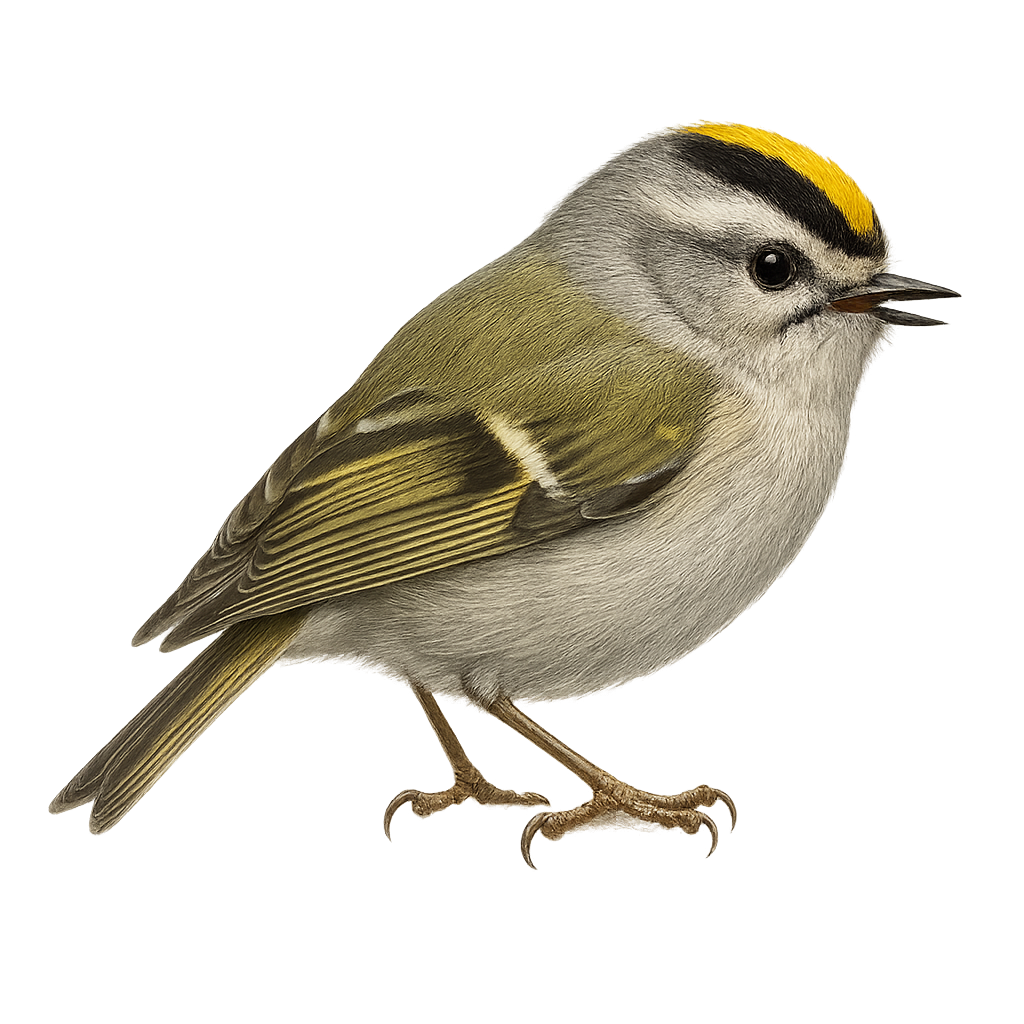Your wildlife photography guide.
Explore the golden-crowned kinglet in detail, study its behavior, prepare your shots.
Where to observe and photograph the golden-crowned kinglet in the wild
Learn where and when to spot the golden-crowned kinglet in the wild, how to identify the species based on distinctive features, and what natural environments it inhabits. The WildlifePhotographer app offers tailored photography tips that reflect the golden-crowned kinglet’s behavior, helping you capture better wildlife images. Explore the full species profile for key information including description, habitat, active periods, and approach techniques.
Golden-crowned Kinglet
Scientific name: Regulus satrapa

IUCN Status: Least Concern
Family: REGULIDAE
Group: Birds
Sensitivity to human approach: Suspicious
Minimum approach distance: 5 m
Courtship display: May to June
Incubation: 14-16 jours
Hatchings: May to July
Habitat:
Coniferous forests, mixed forests
Activity period :
Primarily active during the day, with peak activity in the morning and late afternoon.
Identification and description:
The Golden-crowned Kinglet is a small, lively bird, easily recognized by its bright yellow crown bordered with black. It primarily inhabits the coniferous forests of North America, where it is often seen darting through branches in search of insects. Its plumage is mainly gray-olive, with darker wings and tail. Despite its small size, it is hardy and can withstand very low temperatures. Its song is a high-pitched, rapid trill, often heard before the bird is seen. The Golden-crowned Kinglet is a sociable bird, sometimes forming mixed flocks with other small bird species.
Recommended lens:
400mm – adjust based on distance, desired framing (portrait or habitat), and approach conditions.
Photography tips:
To photograph the Golden-crowned Kinglet, it is advisable to use a telephoto lens of at least 400mm to capture detailed images without disturbing the bird. Look for it in coniferous forests, where it is often active during the day. Be patient and discreet, as although it is suspicious, it may approach if you remain still. Try to capture its energetic behavior and distinctive golden crown.
The WildlifePhotographer App is coming soon!
Be the first to explore the best nature spots, track rutting seasons, log your observations, and observe more wildlife.
Already 1 439 wildlife lovers subscribed worldwide

